How to Write a Paper
Sample Research Papers
 Sample Scientific Research Paper
Sample Scientific Research Paper Sample Environmental Research Paper
Sample Environmental Research PaperSample Essays
 Sample Othello Essay
Sample Othello Essay Sample Ozymandias Essay
Sample Ozymandias Essay Sample Tess of the d'Urbervilles Essay
Sample Tess of the d'Urbervilles EssayForming Your Paper
- Review your assignment sheet and rubric. Your paper needs to fulfill your teacher's requirements, so make sure the topic you're planning to write about fits the assignment. Then, check that you're writing the correct type of paper and using the proper research materials. You don't want to do all of the work to write a paper and find out you did it wrong.[1]
- If you have a rubric, then you know exactly what to do to earn a high grade. Think of your rubric as a checklist for your paper.
-
 Research your topic to find your thesis. Learn about your topic and try to form your own ideas about it, based on your research. Take notes as you find interesting points and follow what interests you. Shape your notes into a thesis about the topic.[2]
Research your topic to find your thesis. Learn about your topic and try to form your own ideas about it, based on your research. Take notes as you find interesting points and follow what interests you. Shape your notes into a thesis about the topic.[2]- The research you find will be used as your sources, so make sure they're legitimate and can be shown to your teacher.
- Utilize the internet, books, and various academic databases to find solid primary and secondary sources.
- If you've chosen a topic that isn't quite amounting up to what you thought it would, it's still early. Pick something else that you may find easier to write about.
-
 Brainstorm a thesis. This paper will present your ideas. As you do your research, what questions do you find yourself asking? What patterns are you noticing? What are you own reactions and observations? Delve into yourself to find your thesis--the string that ties it all together[3].
Brainstorm a thesis. This paper will present your ideas. As you do your research, what questions do you find yourself asking? What patterns are you noticing? What are you own reactions and observations? Delve into yourself to find your thesis--the string that ties it all together[3].- A good thesis will succinctly express the main idea of your paper in one or two sentences. It should also:
- Touch on all the points made in your paper
- Explain the significance of your argument
- Be logically sound
- Appear at the end of the introductory paragraph
- Here's an example: In his tale, the pardoner shows his hypocrisy by admitting he satisfies his own greed, committing the same sin he condemns, and attempting to sell his pardon's after the story.
- A good thesis will succinctly express the main idea of your paper in one or two sentences. It should also:
- Conduct additional research to back up your claims. In most cases, your first round of research won't be enough to write a great paper. You need to do specialized research to find sources that back up the claims you plan to make. You'll be switching from a general search about your topic to a targeted search aimed at finding information that backs your own ideas.[4]
- Choose the sources that most strongly support your ideas.
- Check that your sources are reliable by making sure they're unbiased, finding the credentials of the writer, and verifying that the publisher is trusted.
- Books, academic journals, and online databases are the best places to find good sources.
-
 Make an outline. This should organize your thoughts and be a skeleton of your points. Don't worry about citing examples now, simply plan out how you want your paper to flow. It'll save you loads of time in the long run.[5]
Make an outline. This should organize your thoughts and be a skeleton of your points. Don't worry about citing examples now, simply plan out how you want your paper to flow. It'll save you loads of time in the long run.[5]- Write down what points come from where. Finding information a second time can be like finding a needle in a haystack.
- Organize your outline to address the introduction, body, and conclusion. Bring in the reader and state your thesis in the intro, support your reasoning in the body, and wrap it all up at the end.
0 / 0
Part 3 Quiz
Which is an example of a complete thesis statement?
Yes! A good thesis statement will present your argument and detail the evidence you will use to support it. In this case 'Human activity has had a negative impact on the environment' is the argument. Note that a good argument takes a stance on a topic. Finally, a good thesis statement should also include the 2 or 3 pieces of evidence that will support your stance; in this case, the evidence is 'Because it has caused deforestation, ocean acidification, and the extinction of important biodiversity.' Read on for another quiz question.
Not quite! This thesis statement is not complete. It presents a topic and a stance on that topic, but it does not give the evidence that you will use to support your argument. Remember to include brief notes about why your stance is correct or how you will support it. Try another answer...
Almost! This thesis statement tells the reader what the paper will discuss. However, it lays out this supporting evidence without stating why that evidence is important. In other words, this statement does not say what stand the paper will take or what conclusions it will draw. Pick another answer!
Close! This thesis statement tries to pack too much information into a sentence or 2. Instead of trying to tell your reader all of your points in the thesis, simply tell them your argument and the evidence that you will use to support it. Remember, you have the rest of the paper to explain your argument! You might restructure this thesis to look something like, "Global warming is a major problem which humans have caused through irresponsible and unsustainable practices." Pick another answer!
Want more quizzes?
Keep testing yourself!Writing Your Paper
-
 Develop your introduction. Think of your paper as a sandwich--the introduction is the first piece of bread. In the first paragraph, the reader's attention should be grabbed and your thesis made.[6]
Develop your introduction. Think of your paper as a sandwich--the introduction is the first piece of bread. In the first paragraph, the reader's attention should be grabbed and your thesis made.[6]- Introduce the topic in which you will be talking about. Start with a relevant quotation, intriguing question, or by addressing the counterargument.
- Make sure that your thesis statement is clearly stated and leads into your paper. The reader should have a fairly good idea by the end of this first paragraph what they are about to be a part of.
-
 Build the body. This is the "meat" of the sandwich: the part where the true argument and taste of your paper lies. It should be three paragraphs long, all addressing a different, yet related, point.[7]
Build the body. This is the "meat" of the sandwich: the part where the true argument and taste of your paper lies. It should be three paragraphs long, all addressing a different, yet related, point.[7]- Make sure each point is logically sound and adds weight to your thesis. A topic sentence (generally the first sentence, but not always) should clearly say what this point is. Then, introduce your first piece of evidence, followed by 1-3 sentences that connect your evidence back to your thesis. Explain how your evidence supports your points. Next, introduce your next piece of evidence for that point.
- In most cases, you'll have at least 2 pieces of evidence for each point, but you may have more in a longer paper.
- Follow the same format for each paragraph. The spotlight should dote on each point separately, allowing you time to argue in favor of it. How does it relate to your thesis? Are you leaving anything out?
- Three paragraphs is standard for the traditional 5-paragraph paper. If your paper is longer, support your points as need be.
- If your points aren't all equally strong, sandwich your weakest point in the middle.
-
 End with a strong conclusion. This is the "bottom bun," the last paragraph in your paper. All you need to do in this paragraph is bring your paper to a close, restate what you have already mentioned in the opening statement, and leave the reader feeling satisfied.
End with a strong conclusion. This is the "bottom bun," the last paragraph in your paper. All you need to do in this paragraph is bring your paper to a close, restate what you have already mentioned in the opening statement, and leave the reader feeling satisfied.- End on a memorable thought, quotation, or call to action. Or, if your paper calls for it, allude to the consequences of your thesis if left unaddressed. What should the reader walk away thinking or wanting to do?
0 / 0
Part 4 Quiz
What is a correct way to structure a body paragraph?
Try again! A good body paragraph will present evidence to support the topic sentence and will analyze it immediately after. Splitting your evidence and your analysis will confuse the reader. Try another answer...
That's right! This is 1 correct way to structure a body paragraph. Remember that you can play with the placement of your topic sentence. The vast majority of the time, however, it is the first sentence. In addition, remember that every piece of evidence should be paired immediately after with an analysis of that evidence. A good body paragraph will have at least 2 and ideally 3 pairs of evidence-analysis. Read on for another quiz question.
Not quite! While it is acceptable to play with the placement of your topic sentence, this structure is missing several key features. Make sure you do not present any new evidence without analysing it. In other words, every evidence should be paired with an analysis. In addition, a strong body paragraph will have at least 3 pairs of evidence and analysis. Click on another answer to find the right one...
Want more quizzes?
Keep testing yourself!Following General Guidelines
-
 Know what your teaching is looking for. They've probably said it in class 5 different times, but if anything is foggy, ask.
Know what your teaching is looking for. They've probably said it in class 5 different times, but if anything is foggy, ask.- Do they want your paper in MLA or APA format?
- Are they a stickler for third person?
- What's their take on page numbers and margins?
- How many sources do they require? Are there sources that are unacceptable?
-
 Check for grammar and content errors. You've been going over this paper for so long it may be difficult to truly see it in all its glory. Take a break for a bit, go back, and read it twice.
Check for grammar and content errors. You've been going over this paper for so long it may be difficult to truly see it in all its glory. Take a break for a bit, go back, and read it twice.- It's a good idea to get someone else to go over it for you. Your writing may be clear to you but difficult to understand for someone else. What's more, have them go over punctuation and grammar as well--you may have read it so many times you stopped noticing.
-
 Use transitions. An easy way to make your paper flow is to incorporate transitions even within points. Show the logical connections between your ideas.
Use transitions. An easy way to make your paper flow is to incorporate transitions even within points. Show the logical connections between your ideas.- Transitions make it clear that one paragraph flows into the other. What's more, your topic sentences should ease into the evidence effortlessly.[8]
- There are dozens to choose from, but here is a short list: in the first place, comparatively, likewise, coupled with, in addition, in the light of, by the same token, etc.
- Transitions make it clear that one paragraph flows into the other. What's more, your topic sentences should ease into the evidence effortlessly.[8]
-
 Write in the third-person present tense. Though once in a while a certain teacher will tell you it's appropriate not to, the majority of papers should be written in present day third-person. This means never using the word "I."
Write in the third-person present tense. Though once in a while a certain teacher will tell you it's appropriate not to, the majority of papers should be written in present day third-person. This means never using the word "I."- Use the present tense regardless of the time period you are referring to. Your paper is making a point that is relevant now. Instead of, "Ralph and Piggy struggled for order and democracy," it should be, "Ralph and Piggy struggle for order and democracy."[9]
- If you feel weight could be added to your argument by using "I" statements, ask your teacher if he/she is okay with it. They very well may be.
-
 Do not summarize or plagiarize. The first will result in a fail and the second will result in a fail. Whatever you do, avoid these two things.
Do not summarize or plagiarize. The first will result in a fail and the second will result in a fail. Whatever you do, avoid these two things.- A paper that summarizes is not your own work. Your teacher is looking for something coming from you--some idea that would not be found in another reader. Because of that, you cannot (within reason) be wrong. Stand by your opinion and use it to create a unique thesis all your own.
- If you plagiarize, your teacher will know. Each person writes differently and your paper will be interrupted by the change of style. If you're thinking about plagiarizing the entire thing, know that all teachers have access to sources that identify this in addition to being able to recognize when it's not your style of writing.
0 / 0
Part 5 Quiz
Which is a well edited sentence?
Not quite! Remember that most teachers prefer to talk about the text in the present tense. Instead, try, 'In 'Atonement,' Briony attempts to make up for her mistake.' Try again...
Almost! This is a strong statement but you should avoid the use of the first-person point of view. Instead, try simply 'Briony is punishing herself for the death of her sister's lover in 'Atonement.' Try again...
Yes! While you can write as simply or as complexly as you please, there are a few basic guidelines that most teachers want to see. Try to write about the text in the present tense. Use the third-person point of view. Finally, make sure the grammar is correct! Good luck! Read on for another quiz question.
Want more quizzes?
Keep testing yourself!You should read it
- Download Stephen Hawking's space doctoral thesis - Download Properties of Expanding Universes
- How to Cite a Blog in APA
- How to Quote in a Research Paper
- Surprise with a paper engine that still works well
- Smart lights made of paper can change color and brightness
- Discover the history and exciting production process of toilet paper
- What is the size of A5 paper? How to select and print A5 paper in Word
- Incidentally: Used toilet paper can be recycled into electricity
May be interested
- How to fix Out of Paper Error on HP Printer
 instructions on how to fix the hp out of paper error are simple and effective. check the paper quality, turn off the printer, and clean the rollers. click view now!
instructions on how to fix the hp out of paper error are simple and effective. check the paper quality, turn off the printer, and clean the rollers. click view now! - How to Write a Conclusion
 writing the introduction and body of a paper is a big accomplishment, but you still need to write your conclusion. writing a conclusion can feel difficult, but it's easier if you plan ahead. first, format your conclusion by revisiting your...
writing the introduction and body of a paper is a big accomplishment, but you still need to write your conclusion. writing a conclusion can feel difficult, but it's easier if you plan ahead. first, format your conclusion by revisiting your... - What is the A0 paper size? How to select, print A0 in AutoCad
 a0 paper size is commonly used in printing today, but many people do not know about its size. follow the article for more information about a0 paper size!
a0 paper size is commonly used in printing today, but many people do not know about its size. follow the article for more information about a0 paper size! - Size of paper size A0, A1, A2, A3, A4 ... how many mm, inch?
 below is the size of a paper size (both mm and inch) in accordance with iso 216, which was introduced by the german standards institute in 2012.
below is the size of a paper size (both mm and inch) in accordance with iso 216, which was introduced by the german standards institute in 2012. - How to write curves in Photoshop
 creating curvy typography in photoshop is very simple and you can use it in many different ways.
creating curvy typography in photoshop is very simple and you can use it in many different ways. - Round your eyes with the magic virtual paper animal toys like magic
 designer nakamura, japan, has created paper folding works that transform the shape when the player gently presses or releases them to surprise everyone.
designer nakamura, japan, has created paper folding works that transform the shape when the player gently presses or releases them to surprise everyone. - How to rotate paper size in Excel
 rotating horizontal or vertical paper sizes on excel is a basic operation before printing or setting form formats for content. so how to rotate paper on excel?
rotating horizontal or vertical paper sizes on excel is a basic operation before printing or setting form formats for content. so how to rotate paper on excel? - Unbelievably true, paper blades cut plastic and wood
 the paper is fragile, completely harmless, how can it be able to cut quite hard and durable materials like plastic and wood?
the paper is fragile, completely harmless, how can it be able to cut quite hard and durable materials like plastic and wood? - How to print out of A4 size paper in Word
 how to print out a4 size paper in word. sometimes at work you need to use printing for the purpose of printing content adjacent to the border of a4 paper but when printed, it is separated by a margin of about 1 to 2 cm. tipsmake.com will guide you how to print out a4 paper size in word without worrying about excess paper margins.
how to print out a4 size paper in word. sometimes at work you need to use printing for the purpose of printing content adjacent to the border of a4 paper but when printed, it is separated by a margin of about 1 to 2 cm. tipsmake.com will guide you how to print out a4 paper size in word without worrying about excess paper margins. - New invention: Light-printed paper, renewed by temperature and reuse 80 times
 this is an important invention that contributes to preventing negative impacts on the environment of paper production.
this is an important invention that contributes to preventing negative impacts on the environment of paper production.
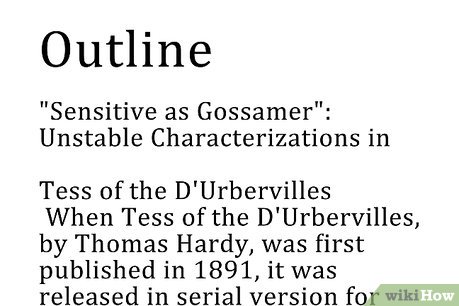
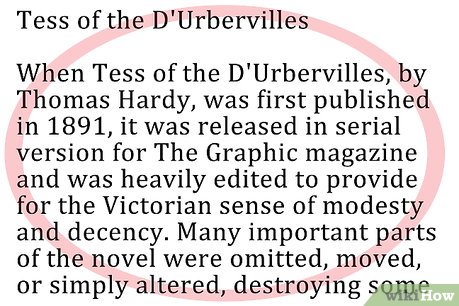
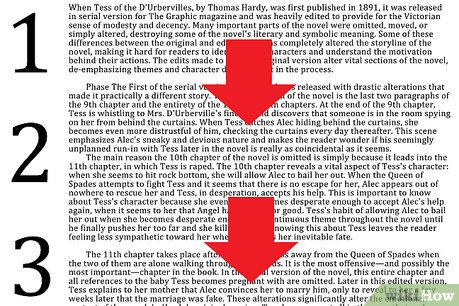
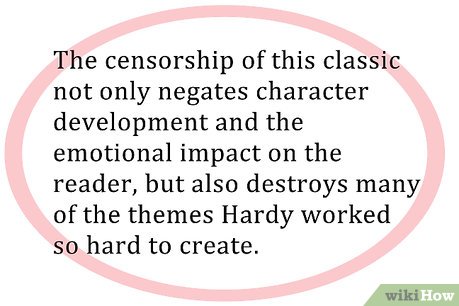
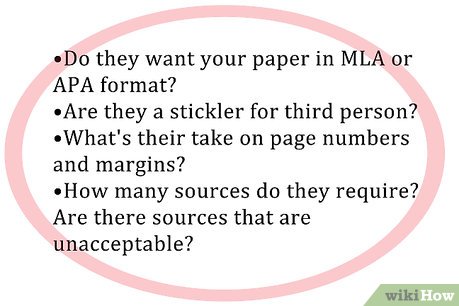
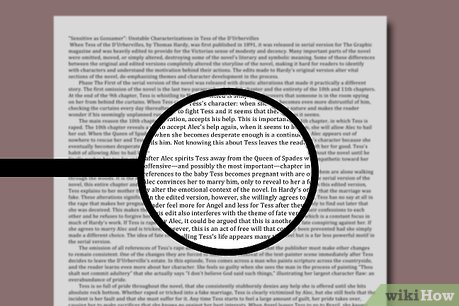
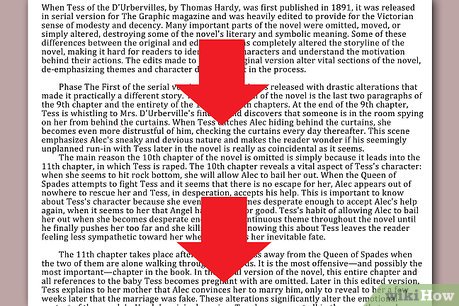
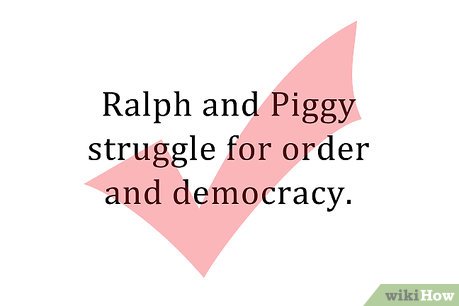
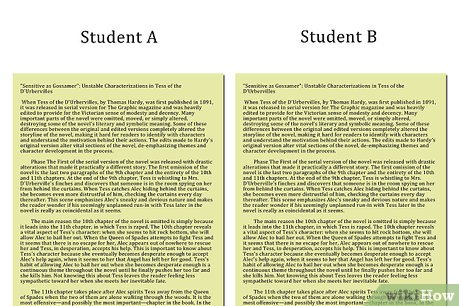










 How to Start a Revolution
How to Start a Revolution How to Conduct Audience Analysis
How to Conduct Audience Analysis How to Research a Topic
How to Research a Topic How to Communicate with a Child's Middle School Teacher
How to Communicate with a Child's Middle School Teacher How to Reduce Sedentary Time in Schools
How to Reduce Sedentary Time in Schools How to Choose Activities for Your Duke of Edinburgh's Award
How to Choose Activities for Your Duke of Edinburgh's Award